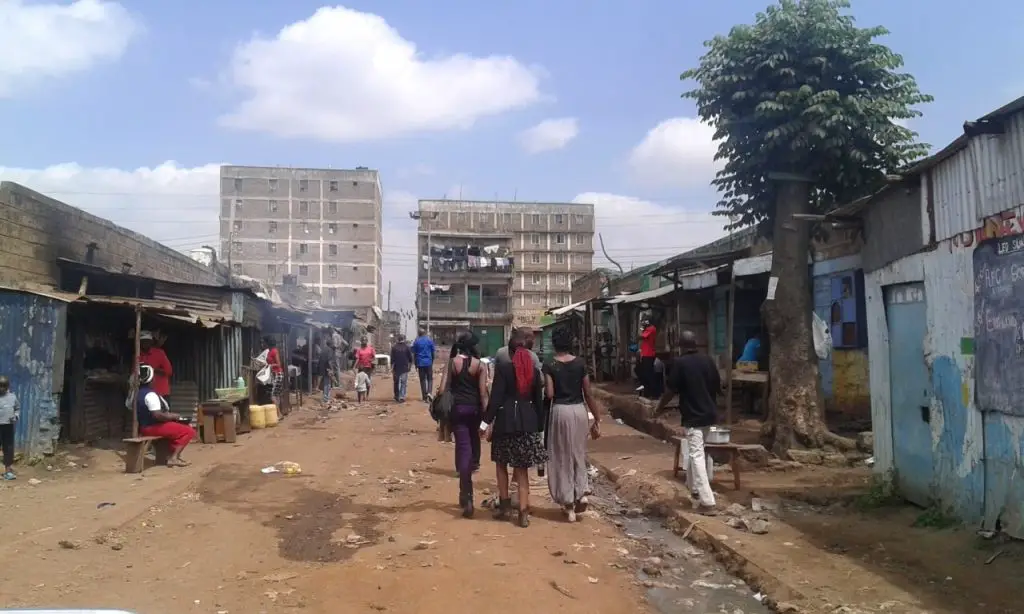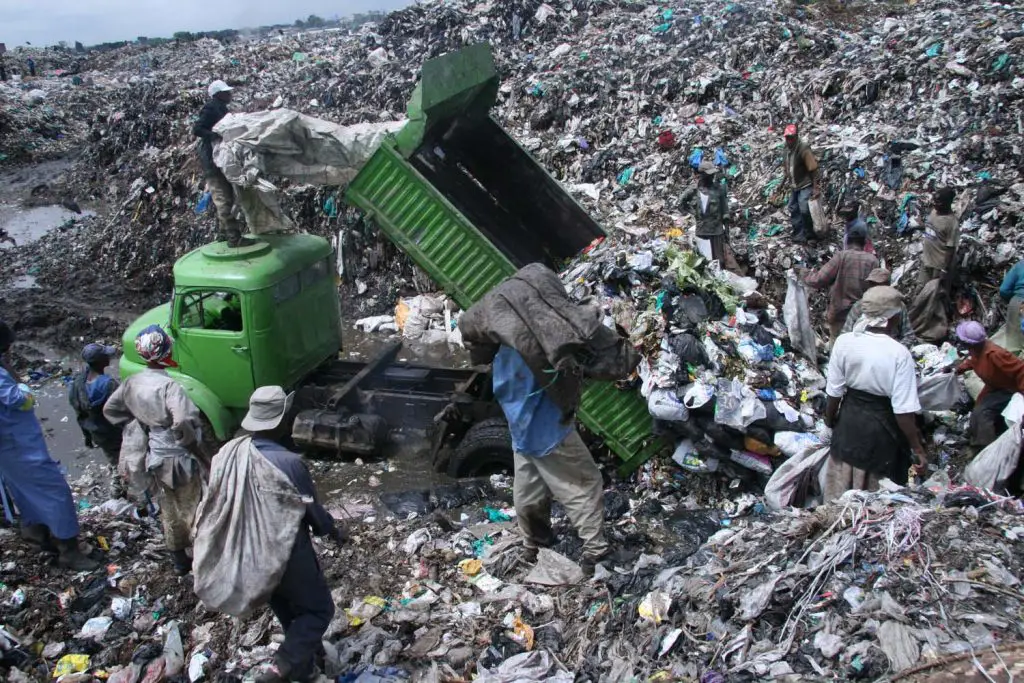
Nestled in Nairobi’s eastern outskirts, Dandora is one of Kenya’s most well-known and densely populated estates. Known for its low-income housing, vibrant culture, and the infamous Dandora Dumpsite, the area is often viewed through a lens of hardship. Yet, beyond the struggles, Dandora thrives with resilience, innovation, and a community that continues to carve a life out of one of Nairobi’s most challenging environments.
Location and Accessibility
Dandora lies within the Embakasi division of Nairobi County and is bordered by neighborhoods such as Kariobangi, Baba Dogo, Gitare Marigo, and Korogocho. The estate is divided into six phases, each with its own unique character. It is well connected to Nairobi’s central business district via commuter buses, specifically matatus on Route 14, mostly operated by Forward Travelers Sacco. A one-way ride costs approximately $1, with buses departing every ten minutes.
Housing and Living Conditions
Housing in Dandora primarily consists of single-room units, with a few double-room and one-bedroom options, although the latter are often in poor condition. Rent is relatively affordable, ranging from Ksh. 2,000 to 10,000, making the area attractive to low-income earners. Some sections even feature makeshift homes constructed from metal sheets, highlighting the economic struggles of many residents.
The Dandora Dumpsite: A Necessary Evil?

Perhaps the most defining feature of Dandora is the sprawling 30-acre dumpsite, the largest in East Africa and one of the biggest in the world. Originally meant as Nairobi’s principal dumping ground, the site has become an environmental and health hazard, with burning waste releasing toxic fumes. Those living near the dumpsite endure daily exposure to harmful chemicals, leading to respiratory problems and skin diseases. Despite the dangers, the dumpsite has become a source of income for many, with scavengers collecting and reselling recyclables in a desperate bid to make a living. The commercialization of the dumpsite has seen industries and pharmaceutical companies illegally dispose of industrial and medical waste, worsening the already dire conditions.
Crime and Safety
Dandora has long been synonymous with crime, primarily due to poverty, school dropouts, and a lack of economic opportunities. The area is notorious for muggings and theft, making personal safety a significant concern. However, community policing efforts have made strides in improving security, and some residents have taken it upon themselves to advocate for a safer neighborhood.
Language and Culture
Dandora is a melting pot of cultures, with residents from different ethnic backgrounds. Kiswahili is the dominant language, often mixed with Sheng, a popular slang among Nairobi’s youth. While English is widely understood, the locals mostly communicate in their native dialects or Sheng in everyday interactions.
The Resilience of Dandora
Despite its challenges, Dandora is a testament to human resilience. The community is rich in talent, particularly in music and art, with many young artists and rappers rising from the area to achieve national recognition. Social enterprises and grassroots organizations continue to work towards improving education, sanitation, and overall living conditions.
Conclusion
Dandora remains one of Nairobi’s most notorious estates, yet it is also a place of hope, determination, and an unwavering sense of community. While crime, poverty, and environmental hazards persist, its people continue to push forward, finding ways to survive and thrive against the odds. In many ways, Dandora is a symbol of Nairobi’s unbreakable spirit—gritty, bold, and constantly evolving.
